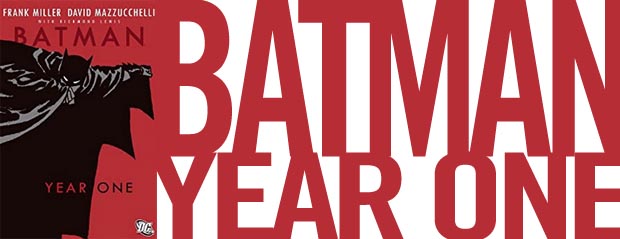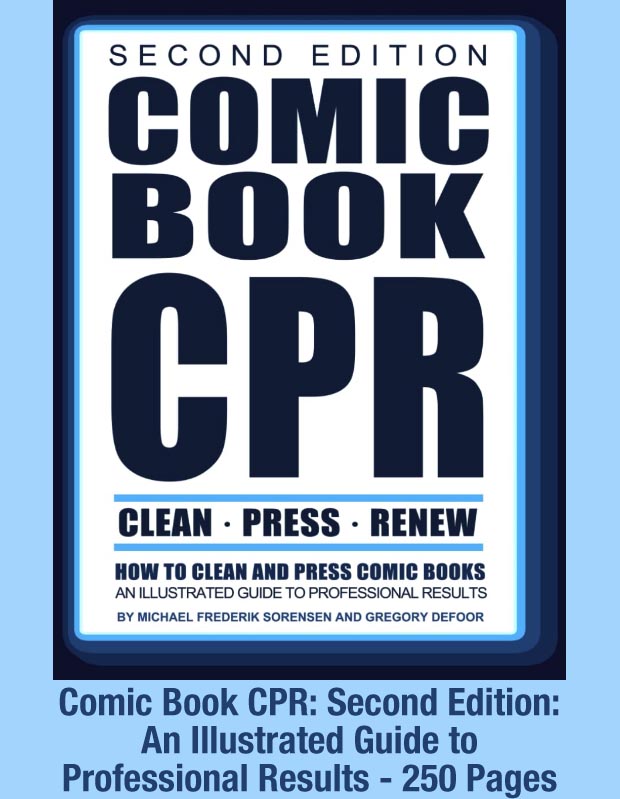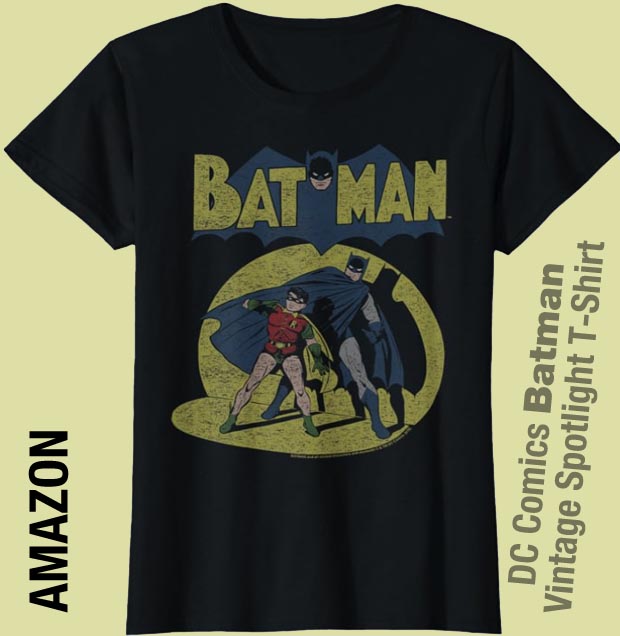Batman
The billionaire hero
Bruce Wayne, orphan billionaire (though he was only a millionaire in the original issues) dedicates his life to fighting crime after the murder of his parents. Or does he intend to "exterminate" crime? A more strident tone was prevalent in the early issues, showing how closely the character created by Bob Kane, Bill Finger and Gardner Fox was influenced by gritty pulp magazines, since as what we now know as the comic book industry barely existed in 1939. The Batman, or as he was in the early tales, The Bat-Man, also reflected a closer proximity of these creators to street life in New York City.
Bruce Wayne was originally a flippant, effete playboy who seemed to project every stereotype of the worthless rich in a fashion like Baroness Orczy's 1905 double-identity hero The Scarlet Pimpernel. But Wayne merely used that act as a cover for his costumed work as a vigilante with extremely dubious legal authority, emotionally and intellectually dedicated to a ruthless guerilla war on criminals. This dedicated focus was demonstrated as quite dangerous in the earliest tales which showed Batman's combat1 incurring a growing list of fatalities among his opponents.
Costumed in an outfit that combined elements of not only a "bat-man" but of Count Dracula, a demon (those bat-ears served double-duty as horns, particularly in silhouette, no matter how carefully the artists delineated them), over an acrobat or athletic body-suit of grey. The mask with a small opening showed a grim inky line of a stern mouth and a square jaw below it. One of the advantages of comic book art is that its simplicity acts as an effective mixing-bowl for all kinds of visual references, and Batman is a sum total of a variety of frightening ingredients.2
As the popularity of the character grew and a wider audience developed, the character was homogenized into something that had a more settled relationship with Gotham's police force, particularly its leader, Commissioner Gordon. This situation in its own way showed how the implications of solo crime-fighting would need to recognize certain obvious limitations, not only as a fictional character in a fictional city, but with a mass readership that included a vast army of young readers, the majority with parents who would certainly object to a hero racking up a body count.
With the introduction of a "sidekick" character (Robin, the Boy Wonder) the gradual blooming of a family, or "Bat-Family," around Batman began. It would be over a decade before the leavening of the cast would take off into the extremes of Bat-Dog, Bat-Woman, Bat-Girl, etc.3
Adding intimate characters was a softening of the idea of a ruthless anti-hero fighting crime, stoic and alone. By the late 20th century, Batman was modernized into an often paternalistic father-figure who guides other orphans, disadvantaged youth, and would-be co-vigilantes, and is as stressed and hampered by this arrangement as any busy foster-father with a large brood to care for.4 That both the lone, dark figure fighting a single-minded mission on the rooftops of Gotham could also be a "father knows best" figure with a dozen immediate relationship issues to manage shows the endless elasticity of the comic book story medium to absorb and combine multiple genres at a time.
Gotham City is Batman's home, and most of the time it is merely the city Batman/Bruce Wayne lives in and where Batman conducts his work. However, a secondary theme developed over time that Gotham is "Batman's City," and he treats it as his very own and he battles crime like an avenging antibody attacking pathogens. This feverish protective drive was developed in some writers as a psychological projection of a number of vague mental maladies not identified. For example, the city was all that orphaned Bruce Wayne "had left" of his philanthropist parents, thus his paternalistic attitude of ownership; or, that the bat-suit was each evening "calling for him to put it on." These themes of mental illness (not identified that way, of course, within the pages of the comic books) are outliers contrasting with the original version of a clever, tragic Bruce Wayne5 as a rather muscular and unorthodox problem-solver super-detective in a city overrun with crime.
Batman as a product and an intellectual property has produced billions (and billions) in revenue through comic books, radio and TV programs, movie serials and feature films, and of course, toys. Since the success of the Batman movies following the 1989 film, this "only human" superhero that followed in the wake of Superman's debut in 1938 and existed behind that very large shadow now often eclipses the Man from Krypton in popularity.6
The Batman character has travelled over the years from a street-level Gothic hero mutated from out of horror films and pulp thrillers, into a goofy, self-parodying hero with a cheerful disposition, and back again. But, even during the various "rebirths" the modernized versions have never gone completely back to the roots, which would mean The Bat-Man would return to once again operating all alone, using a gun and heaving villains off rooftops.
Since the beginning of the character, Batman somehow flows through every American cultural peak and valley and survives. Whether it is science-fiction, camp, cynicism about government and municipal order, or through each kind of social shift fueled by politics and fads, and while long lists of action characters from previous decades, once popular, have drifted into obscurity, this billionaire werebat-manbat orphan on a mission remains in demand.
Footnotes
1. For a short period of several stories, Bat-Man carried a gun, and would use it on occasion.↩
2. This was by design if you read the original story written by Gardner Fox in "The Dirigible of Doom," Detective Comics #33, November 1939.↩
3. Bat-dog - 1955; Bat-Mite - 1959; Batwoman - 1956; Batgirl - 1967.↩
4. One of the extremes of this version of Batman is his fatherly-guiding of the entire Justice League of America.↩
5. Also a hint of superstition: the first origin story, written by Gardner Fox, features Bruce Wayne puzzling over the best way to fight crime and hide his identity, and when a bat flies in through the window, he responds with "it's an omen!" and funnels all of his crime-fighting ideas through that inspiration. But notice, Bruce Wayne had first proposed that criminals are a "superstitious and cowardly lot, so my costume must inspire terror," and this thinking followed "the curious and strange scene" where a young Bruce Wayne makes his vow to fight crime with "I swear by the spirits of my parents to avenge their deaths by spending the rest of my life warring on all criminals." The religious undertones inherent in a character dressed like Dracula hardly needs any investigation since the visual cue is obvious, and Gardner Fox's narration and dialogue also indicates a "curious and strange" religious tone. It would not take much development to push the character straight into an outright occultic world view, but instead the first writers of Batman – Bob Kane, Gardner Fox and Bill Finger – offset this by making Batman/Bruce Wayne a paragon of scientific method, ratiocination, exercise and technology.↩
6. That Batman is DC's most popular character and Spider-Man is Marvel's most popular, instead of, say, Superman and Captain America, speaks to the change in American culture, and perhaps Western culture on the whole. The similarities between Spider-Man and Batman are numerous, though not obvious except for the use of "scary" creatures from the natural world as the mask the hero wears to make an impact on criminals, and also the basic theme that was developed into both characters that reverberates strongly with young people: fatherlessness.↩
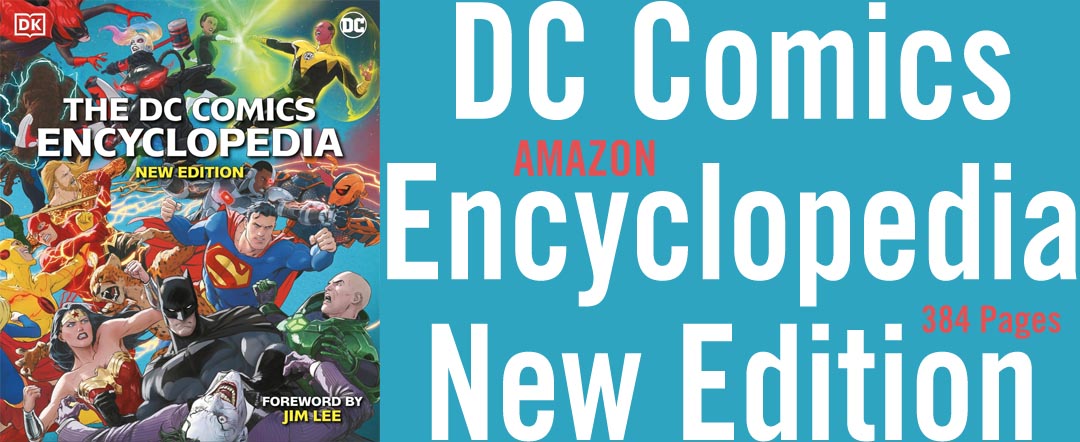
Bob Kane, official originator of Batman
The Beginning of Batman
Bob Kane and Jerry Robinson (frequent Batman inker at the beginning) have offered varied explanations for how Batman (and the Joker) were created.
Read More about Batman and Bob Kane
Read more on Jerry Robinson and The Joker

Michael Keaton: 'Batman would never cry' like Spider-Man
Nov 2015: Article at philly.com about Keaton visiting a cell-phone store where the employee waiting on him was engrossed in a Spider-Man movie playing on a screen inside the store:
"While on “The Tonight Show Starring Jimmy Fallon,” Keaton recalled that rather than helping fix his shattered screen, the worker looking at Keaton’s phone was more enthralled with the movie on the screen across the store, an installment of “Spider-Man,” than waiting on his equally super customer.
...During an emotional scene in that “Spider-Man” film, Peter Parker begins to cry. Keaton’s tongue-in-cheek reaction pit the two characters against each other, when he said, “Batman would never cry,” amid other unflattering things about Spider-Man’s “weakness.”
More coverage:
‘Spider-Man’ Is a Wimp & ‘Batman’ Never Cries Says Michael Keaton ...Says ‘Batman’ can beat the Hulk and any other superhero in a fight, going as far as to call ‘Spider-Man’ a wussy - Movieweb
"Everyone needs to stop asking the question of who could beat up who. Batman kicks everybody's ass. And if they won't, I will, Bruce Wayne will."
PC Batman: Arkham Knight returns to shelves in October
October 1, 2015:"Having pulled the PC version of Batman: Arkham Knight from release due to a series of technical issues, Warner Bros. Interactive Entertainment has now announced that it will be going back on sale later this month, at which point it hopes to have rectified the performance problems that plagued the initial game at launch.
“As many of you know, we released a major patch for Batman: Arkham Knight PC a few weeks ago. While there were significant performance improvements made to the game, the teams are continuing to work on the additional updates that were outlined in our previous post. We expect these updates to be ready at the end of October, at which time the PC version will be made available for purchase. In addition, support for all DLC that has been released for the console versions will be in place. Thanks again for your continued patience and support. We’ll be sure to update everyone as soon as the update is live.”
Article at Flickering Myth
Bill Finger Recognized for Role in Creating Batman and Co.
Hollywood Reporter has an exclusive story on an agreement between DC Comics and the Bill Finger family to recognize Bill Finger's considerable participation in the original creation of Batman and of related characters. From the HR story:
"DC Entertainment announced today that Bill Finger, who worked with Bob Kane on early Batman comic strips as well as co-creating Green Lantern and other characters for the company, will be receiving official credit for his work in film and television projects based on his creations.
Finger, who died in 1974, made a number of critical contributions to the Batman mythos, including coming up with the names of the hero's alter ego Bruce Wayne, as well as the city in which the hero fights crime. He was also co-creator for a number of iconic Batman characters including Robin, Catwoman and the Joker.
More on Bob Kane, Jerry Robinson and the creation of Batman and Joker
The bio of Bill Finger that was a significant part of changing the official way DC Comics' lists creators Bill the Boy Wonder - The Secret Co-Creator of Batman – by Marc Tyler Nobleman and Ty Templeton
Ben Affleck to direct and star new Batman film 2018
Aug 2015: The Latino-Review column says that Ben Affleck will be responsible for a director/starring Batman movie for November 2018 (and that it may be the start of a trilogy set of films from Warners). The column by Da7e also includes a slew of possible dates for other Warner Bros / DC Comics superhero films to come.
"Yes, the Ben Affleck project Latino-Review previous reported is still a go, aiming for November 2018 now. Chris Terrio, who has writing credits on Batman V. Superman: Dawn of Justice and has been announced as a writer for both Justice League films will write the movie for Ben Affleck to direct himself in. It’s still called The Batman, and it still sounds like it could be amazing."
Batman: Year One (Batman (1940-2011) - Amazon
More Batman on this website
Batman upgrades and downgrades
The Batman movie 2022 - Robert Pattinson
Adam West - Batman for All Time
All the Batmen - actors who played the Dark Knight
Batman and Robin 1997 - The greatest superhero film of all time
Batman Family - the past and future of Batman
Batman Returns 1992 - Tim Burton II
Batman V Superman Dawn of Failure
Batman the Billion Dollar Hero
Detective Comics #27 - First Batman appearance
Joker Graphic Novel by Azzarello
Is the Bat-suit funny looking, and Mask of the Phantasm
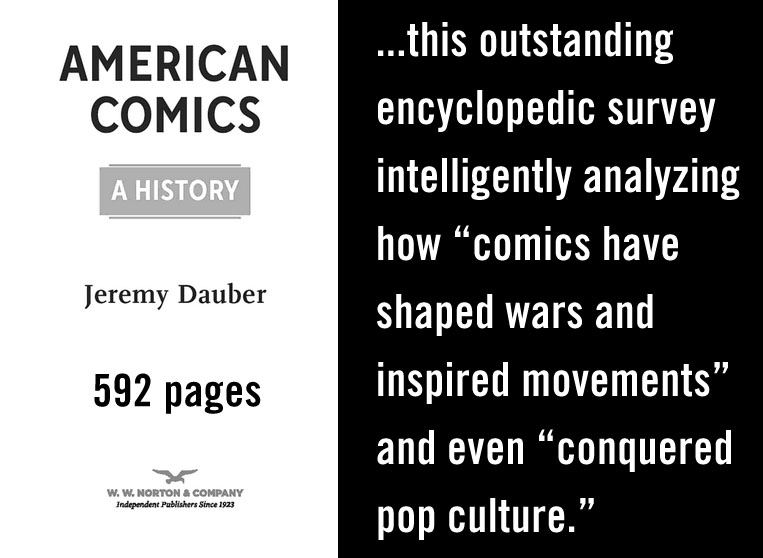
Original Page 2006 | Last Updated April 16, 2021

